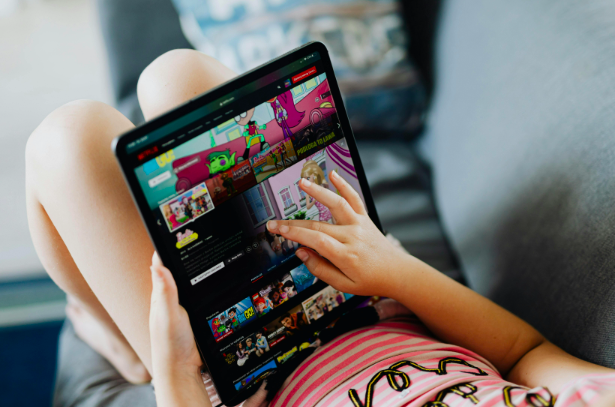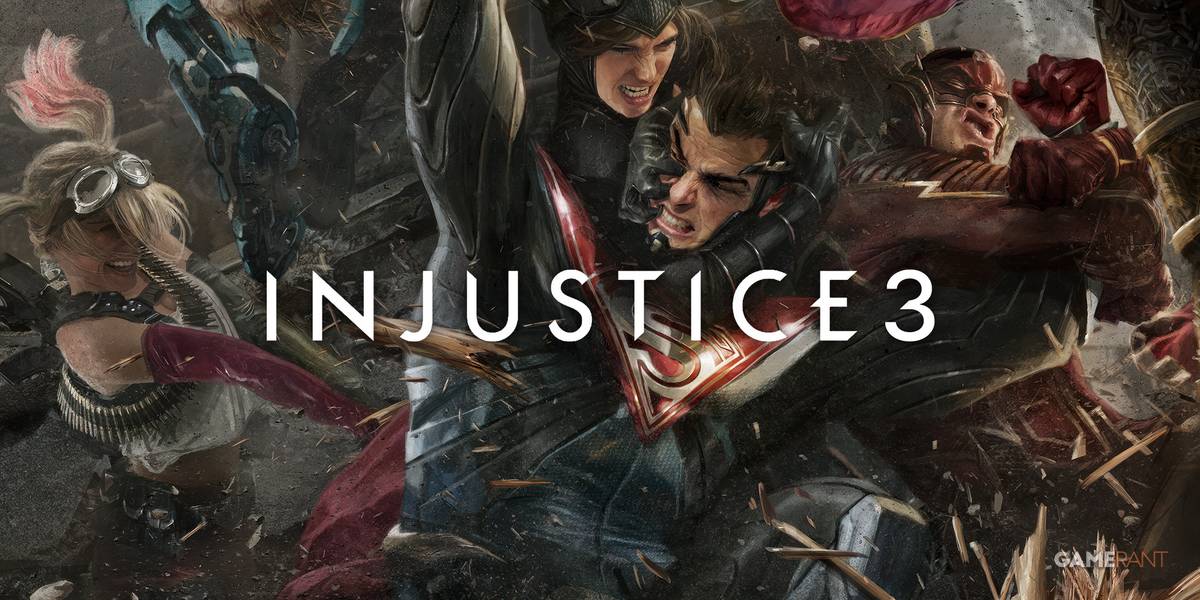
Streaming into the Living Room: How the Digital Age Has Democratized Entertainment
Back when we were kids, watching TV was a communal experience. You tuned in when the broadcaster told you to and if you missed it – well, that was that. Maybe you could catch a rerun months later or perhaps the local video rental shop had the VHS. If not, the moment was lost to time and never to be recovered unless you knew someone with a VHS recording. It was an era of patience, delayed gratification and the general understanding that entertainment was a privilege not a right.
Now, of course, the streaming revolution has eradicated all that. We live in the age of instant access where movies and TV shows aren’t fleeting moments on a schedule but permanent on-demand fixtures at the tap of a button. Whether it’s the latest Oscar winner, an obscure indie film or the entire run of a 90s sitcom, it’s all there waiting. The digital age has never made entertainment more accessible than this in ways big and small.
From TV Sets to Pocket Screens
The first and most obvious revolution brought by streaming services is convenience. No more DVDs, Blu-rays or even a proper TV set. Any device with an internet connection becomes a cinema: phones, tablets, laptops, smartwatches (if you’re really committed). The gatekeepers of old – network executives, local distributors, video rental shop clerks – have been quietly pushed out of the way and replaced by algorithms that promise to know you better than you know yourself.
But accessibility goes beyond convenience. Streaming services have enabled an unprecedented global exchange of culture. A South Korean drama that might have been obscure outside of its home country can now become a global phenomenon overnight. A Scandinavian crime thriller can captivate an audience in Mexico and an African sci-fi epic can have a fanbase in the UK. Borders are no longer barriers; they’re just subtitles away. And speaking of subtitles—
Subtitles and Accessibility for All
For those with hearing impairments, the streaming age has been a game-changer. Unlike the days when accessibility features were hit or miss—if they existed at all—modern streaming services offer closed captions, multiple language options and increasingly SDH subtitles. These subtitles don’t just transcribe dialogue; they also include audio cues like “[dramatic music intensifies]” or “[door creaks ominously]”. They give a fuller experience to those who rely on text to get the subtleties of a scene, making film and TV more accessible than ever.
And it’s not just about hearing impairments. Many neurodivergent viewers, language learners, and even people who simply prefer clarity over mumbling actors benefit from the widespread adoption of subtitles. That a streaming platform allows you to toggle them on or off at will is something past audiences could only dream of—though, in fairness, it would have seemed a bit much to write “[unintelligible yelling in background]” on the bottom of a 1950s TV screen.
A World Without Borders (or Release Dates)
The days of international audiences waiting months, sometimes years for films to cross the sea are over. A Hollywood blockbuster and an indie film from New Zealand can now have the same global release date. A film can reach viewers simultaneously regardless of where they live. This has been a game changer for cultural exchange and a more diverse entertainment diet.
It’s also made piracy less necessary. Back in the day, fans who had no legal way to watch a highly anticipated film or show would download it illegally. Now with streaming platforms offering instant access, piracy rates have dropped in many regions. When content is available people—surprisingly—prefer to watch it legally. Who knew?
The New Golden Age of Niche Content
In the old TV model, niche content had no way to find an audience. Network executives had no patience for experimental or genre specific programming that might not appeal to a broad audience. Streaming services thrive on variety. There’s room for everything from big budget prestige dramas to micro budget passion projects for niche audiences.
Shows that would have been cancelled after three episodes on network TV now have dedicated followings, sustained by passionate fans rather than ad revenue. Documentaries have flourished, animation for adults has boomed and cult classics are being revived, given second lives by audiences who would have been considered too small to matter in the past. The idea that a show has to appeal to everyone to exist has been totally dismantled.
The Cost of Choice: Too Much of a Good Thing?
With great power comes great paradox. The amount of content is overwhelming. There was comfort in the limited choices of network TV—you watched what was on and that was that. Now the endless scroll of options is paralysing.
And then there’s the fragmentation of content. Where once you had a few platforms that had everything, the streaming market is now a labyrinth of exclusive rights. The film you want to watch? On Platform A. The show everyone is talking about? Platform B. Your favourite old sitcom? Platform C but only in certain countries. What was supposed to be a solution to the cable monopoly has slowly become that, only with more passwords and logins to remember.
Popular Categories





